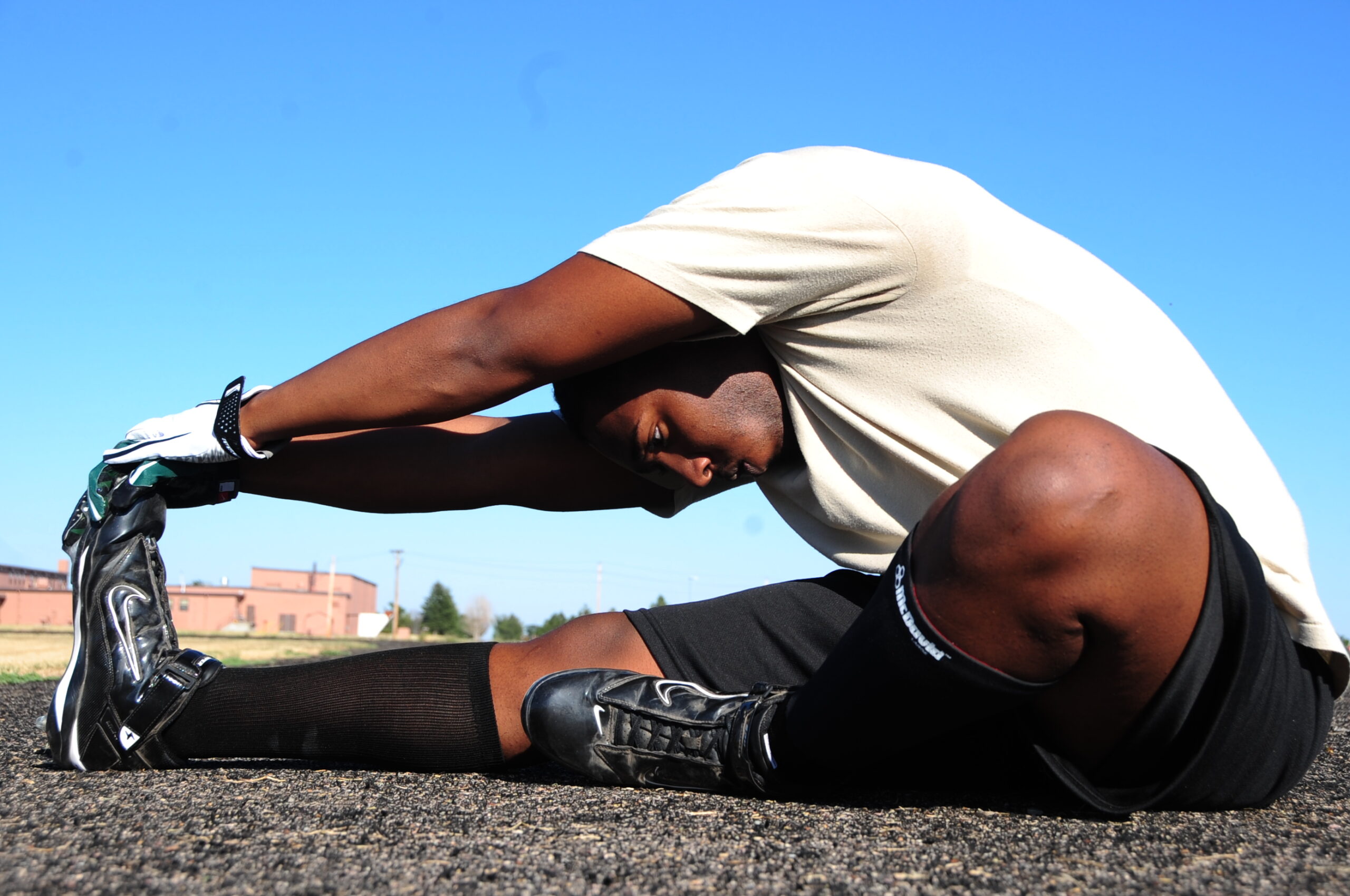Exercise associated muscle cramps (EAMC) (not to be confused with other more serious medical varieties) are a phenomenon that most athletes or regular exercisers have experienced personally or been present with someone having them. They often occur during or immediately after strenuous exercise and can be defined as involuntary, often violent and painful, muscle contractions. Despite their commonality the exact cause of these cramps is not well understood, however most of the commonly accepted reasons have been shown to likely be incorrect.
Electrolyte loss/imbalance
One of the most common theories behind cramping is that they are the result of depleted electrolytes which are essential for a healthy functioning nervous system (Schwellnus, Nicol, Laubscher, & Noakes, 2004). The history of this reasoning for EAMC was mostly in the form of observation. People undergoing cramping were measured for disturbances in their bloodstream and often times electrolyte differences were found. However, no studies comparing groups of cramping individuals along with control groups was done which casts doubts upon these conclusions (Schwellnus, 2009). Because of this, studies were done comparing endurance athletes that either did or did not cramp and had their electrolyte levels compared. No statistical differences were found during the cramping as well as during recovery from the cramping. In addition, EAMC only occurs in the muscles under stress and is not a systemic skeletal muscle issue. It is therefore currently thought that electrolyte levels are not causative factors in EAMC.
Dehydration
EAMC is often correlated with heavy sweating and as such led to the thought process that dehydration is a cause of cramps (Sawka et al., 2007). Physiologists have postulated that large decreases in fluids lead to decreased extracellular volume (spaces between the cells). This decrease in volume is thought to both increase pressure on nerve endings as well as lead to higher concentration of neurotransmitters leading to a hyper excitable nervous system (Schwellnus, 2009). No studies have been conducted to test this hypothesis. EAMC is also found in cooler temperatures that don’t lead to excessive sweating and fluid loss which furthers brings the claim into question (Jones, Rock, & Smith, 1985). Additionally, EAMC only occur in the muscles being exercised. If dehydration was the causative factor it would be expected to see cramping systemically in skeletal muscle. Control group studies have demonstrated that athletes undergoing EAMC are not statistically more dehydrated compared with non-cramping athletes (Schwellnus, 2009).
Altered Neuromuscular Control
The prevailing theory at the moment is that EAMC are the result of disturbances within the neuromuscular communication as a result of excessive exercise demand and onset of muscle fatigue (Schwellnus, 2009; Schwellnus, Drew, & Collins, 2011). Proper motor function is the result of harmonious communication between neurological receptors within the muscles and joints providing essential real time feedback to the nervous system. When either exercise volume or intensity begins to become too much, there is a disturbance in this communication, inhibitive or excitatory, leading to EAMC (Khan & Burne, 2007). High intensity exercise also leads to muscle fatigue in the form of depleted glycogen (sugar) stores. Cramping is often associated/preceded with reports of muscle fatigue however no studies currently have examined muscle glycogen levels during EAMC and control group comparison.
Although the etiology of muscle cramping is not understood, it is clear that EAMC is most likely the result of altered nervous system firing. Electromyograph studies have clearly demonstrated that induced muscle cramps, either through muscle activation or electrical stimulation, predictably show altered nerve firing patterns with increased firing in excitatory nerves and deceased firing in inhibitory nerves. This increased excitability can be measured in comparing similar muscles in cramping and non-cramping states as well as comparing athletes who cramp to those who don’t in between bouts of exercise (Schwellnus, 2009).
How to treat EAMC?
During an acute cramp muscle stretching is the most common treatment. Passive muscle stretching loads the Golgi Tendon Organ which induces neurological inhibition to the target muscle (Schwellnus, 2009). Reciprocal inhibition is a technique that has the athlete fire the opposing muscle group against resistance to decrease nerve activity to the cramping muscle (Dimitriou, 2014). Longer term strategies involve better fitness and conditioning to avoid or delay muscle fatigue decreasing the chance for EAMC. During training, choosing a successful load and volume to achieve the desired stimulus while avoiding excessive fatigue might be effective as well (Schwellnus, 2009; Schwellnus et al., 2011).
References:
Dimitriou, M. (2014). Human Muscle Spindle Sensitivity Reflects the Balance of Activity between Antagonistic Muscles. The Journal of Neuroscience, 34(41), 13644–13655. https://doi.org/10.1523/jneurosci.2611-14.2014
Jones, B. H., Rock, P. B., & Smith, L. S. (1985). Medical complaints after a marathon run in cool weather. Physician and Sportsmedicine, 13(10), 103–110. https://doi.org/10.1080/00913847.1985.11708904
Khan, S. I., & Burne, J. A. (2007). Reflex Inhibition of Normal Cramp Following Electrical Stimulation of the Muscle Tendon. Journal of Neurophysiology, 98(3), 1102–1107. https://doi.org/10.1152/jn.00371.2007
Sawka, M. N., Burke, L. M., Eichner, E. R., Maughan, R. J., Montain, S. J., & Stachenfeld, N. S. (2007). Exercise and fluid replacement. Medicine and Science in Sports and Exercise, 39(2), 377–390. https://doi.org/10.1249/mss.0b013e31802ca597
Schwellnus, M. P. (2009). Cause of exercise associated muscle cramps (EAMC)–altered neuromuscular control, dehydration or electrolyte depletion? Br J Sports Med, 43(6), 401–408. https://doi.org/10.1136/bjsm.2008.050401
Schwellnus, M. P., Drew, N., & Collins, M. (2011). Increased running speed and previous cramps rather than dehydration or serum sodium changes predict exercise-associated muscle cramping: a prospective cohort study in 210 Ironman triathletes. Br J Sports Med, 45(8), 650–656. https://doi.org/10.1136/bjsm.2010.078535
Schwellnus, M. P., Nicol, J., Laubscher, R., & Noakes, T. D. (2004). Serum electrolyte concentrations and hydration status are not associated with exercise associated muscle cramping (EAMC) in distance runners. Br J Sports Med, 38(4), 488–492. https://doi.org/10.1136/bjsm.2003.007021


0 Comments